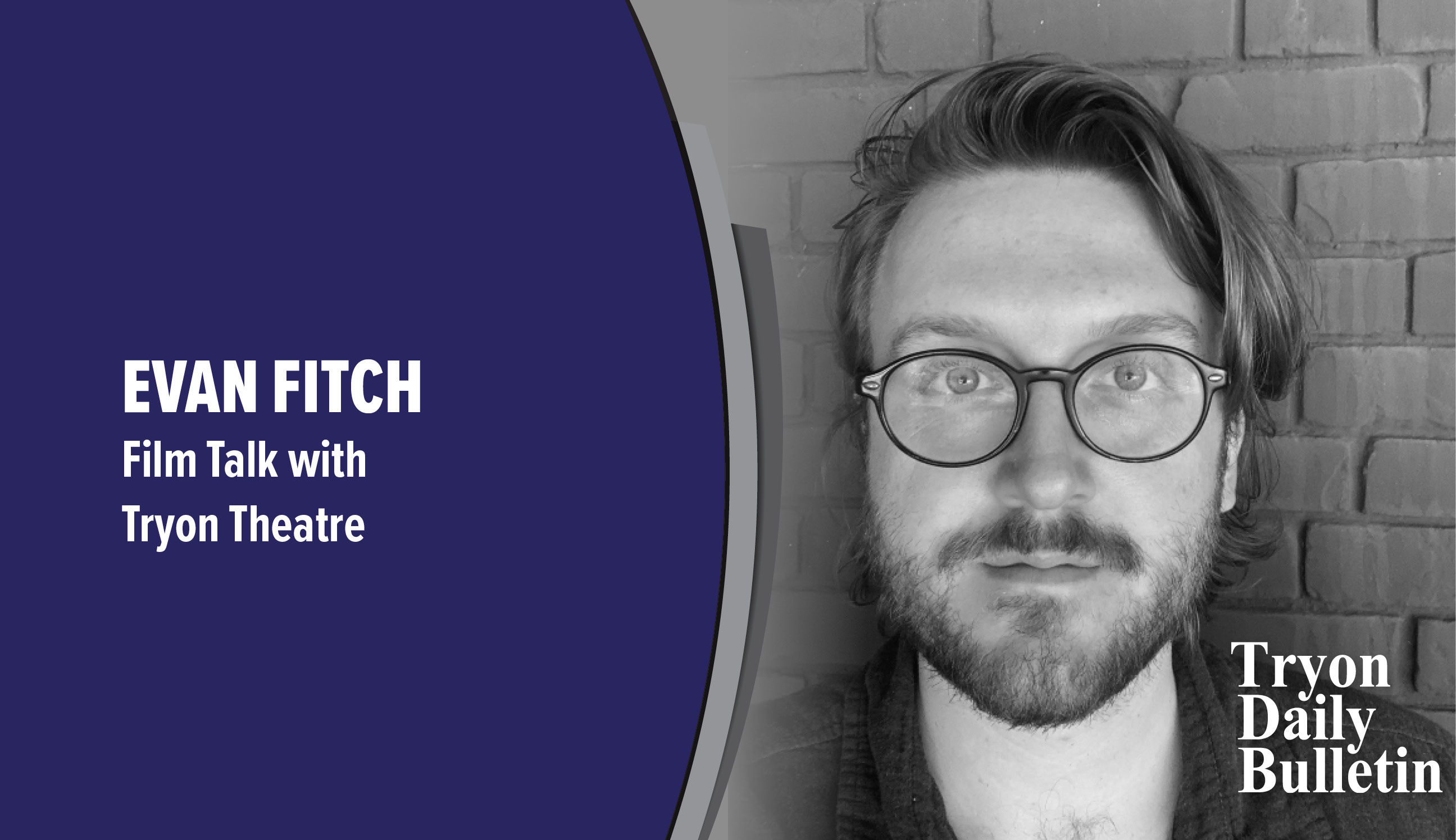The SBI crime lab, lumbees, and a brand new page turner
Published 3:13 pm Friday, August 27, 2010
The furor about the State Bureau of Investigations crime labs, the history and culture of Lumbee Indians in and around Robeson County, and a best selling North Carolina authors new novel. Can we bring all these themes together in one column?
I am going to try and, while I am at it, I will throw in a connection to one of my favorite home-cooking Interstate eateries.
Kathy Reichss Spider Bones hits the bookstore shelves in a few days. It is the 13th in Reichs popular Temperance Brennan series. Like Reichs, her fictional character, Brennan, is a forensic anthropologist. They are models for the Bones TV series.
Readers of Spider Bones will get an education on the proper role of professionals who use their expertise to help law enforcement agencies solve crimes.
They will also get a great story, much of which takes place in familiar territory – in Charlotte and in Robeson County. Reichs often takes her readers to Charlotte, where she has been a professor of anthropology at UNC-Charlotte and where she and Temperance Brennan live. She and Brennan also live part-time in Montreal, where each of them work with Canadian law enforcement agencies.&bsp; As forensic anthropologists, they can often discover important information from the examination of the bones of crime victims.
When the Spider Bones story begins, Brennan is in Canada. She gets an assignment to help investigate and identify a dead body that turns up near a small town south of Montreal. A fingerprint check ties the body to an American, John Lowery. But John Lowery was killed during the war in Vietnam and is buried in Lumberton, or so everyone thought. So Brennan has to go to Lumberton to begin the effort to determine whose bones were actually buried under John Lowerys gravestone (While she is in Lumberton, Brennan stops at Fullers Old Fashioned Barbecue. Ignoring the buffet, I ordered my usual. Barbecued pork, cole slaw, fries, and hush puppies. A tumbler of sweet tea the size of a silo.&bsp; This stop is not critical to the plot, but it is good information for anyone looking for home-cooking just off I-95).
To solve the mystery of the bones in Lowerys grave, Brennan goes to Hawaii, where she partners with the U.S. militarys Joint POW/MIA Accounting Command, which strives to recover and identify Americans who have died in past conflicts.
Along the way, Brennan uses her forensic skills to help solve several other crimes and identify the remains of other victims. And the reader learns some of the consequences of unprofessional crime lab work.
Readers also learn that forensic science, while a great help in providing clues to help solve crimes, is not always appropriate for proving guilt in court. Sometime scientists, when presenting evidence, have to admit that they are not absolutely sure what the evidence proves. Their roles as scientists and advocates can conflict.
And, as the reader learns in Spider Bones, even identifications based on fingerprints or DNA matches with relatives are not foolproof.
North Carolina readers have an advantage. When they see the Lowery name and Robeson County, they may guess, before other readers, that John Lowery is a Lumbee Indian. They will be prepared for a little plot twist that depends on his Native American DNA.
Is there a helpful lesson here for us, as North Carolina faces a challenge in rebuilding confidence in the SBI Crime Labs work?
Spider Bones reminds us of one possibly very helpful fact. North Carolina has at least one person whose training and experience has taken her to crime labs all over the world.
If I were the Attorney General, I would give Kathy Reichs a call today.


